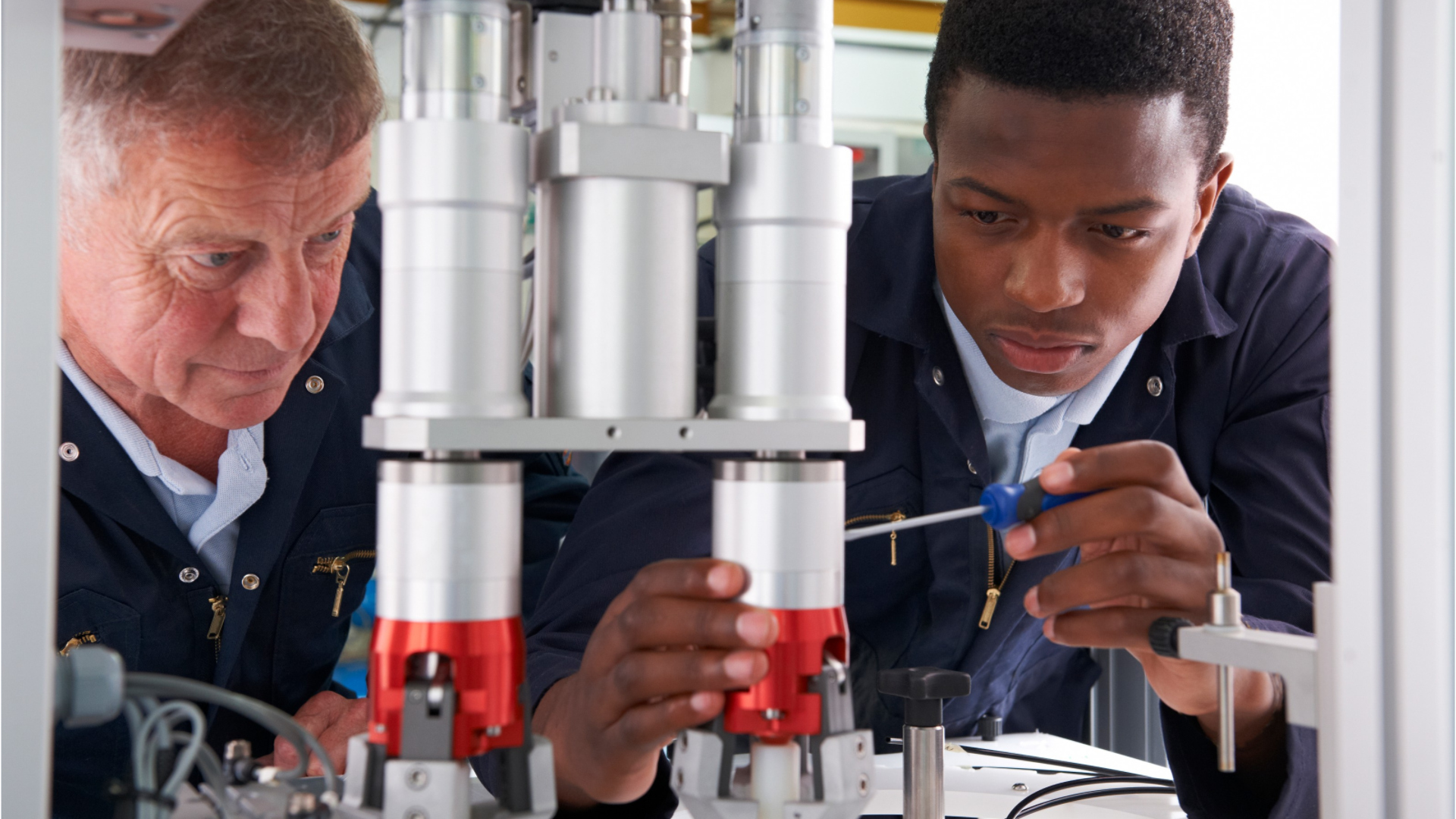Automotive Engineers
Engineer, Product Engineer, Project Engineer, Research Engineer
 Select a military branch to see samples.
Select a military branch to see samples.
Developmental Engineer; Developmental Engineer, Aeronautical; Developmental Engineer, Astronautical; Developmental Engineer, C2ISREW; Developmental Engineer, Electrical/Electronic; Developmental Engineer, Flight Test; Developmental Engineer, Helicopter or EWO; Developmental Engineer, Project; Developmental Engineer, Special Operations; Developmental Engineer, Tanker
No similar titles were found.
No similar titles were found.
No similar titles were found.
No similar titles were found.
No similar titles were found.
What they do:
Develop new or improved designs for vehicle structural members, engines, transmissions, or other vehicle systems, using computer-assisted design technology. Direct building, modification, or testing of vehicle or components.
On the job, you would:
- Conduct or direct system-level automotive testing.
- Provide technical direction to other engineers or engineering support personnel.
- Perform failure, variation, or root cause analyses.
Knowledge
Engineering and Technology
- product and service development
- mechanical
Math and Science
- physics
- arithmetic, algebra, geometry, calculus, or statistics
Transportation
- movement of people or goods by air, rail, sea, or road
Arts and Humanities
- English language
Skills
Basic Skills
- thinking about the pros and cons of different ways to solve a problem
- reading work related information
Problem Solving
- noticing a problem and figuring out the best way to solve it
People and Technology Systems
- thinking about the pros and cons of different options and picking the best one
- figuring out how a system should work and how changes in the future will affect it
Abilities
Verbal
- communicate by speaking
- listen and understand what people say
Ideas and Logic
- make general rules or come up with answers from lots of detailed information
- notice when problems happen
Math
- choose the right type of math to solve a problem
- add, subtract, multiply, or divide
Personality
People interested in this work like activities that include practical, hands-on problems and solutions.
They do well at jobs that need:
- Integrity
- Analytical Thinking
- Dependability
- Attention to Detail
- Initiative
- Persistence
Technology
You might use software like this on the job:
Analytical or scientific software
- Minitab
- The MathWorks MATLAB
Presentation software
- Microsoft PowerPoint
Computer aided design CAD software
- Autodesk AutoCAD
- Dassault Systemes SolidWorks
Education
Education: (rated 4 of 5)
bachelor's degree or
master's degree
usually needed
master's degree
usually needed
Get started on your career:
Find Training
Find Licenses
Apprenticeship.gov
Job Outlook
Bright
New job opportunities are very likely in the future.
Explore More
- Aerospace Engineers
- Electronics Engineers
- Industrial Engineers
- Manufacturing Engineers
- Mechanical Engineers
You might like a career in one of these industries:
See more details at O*NET OnLine about automotive engineers.






